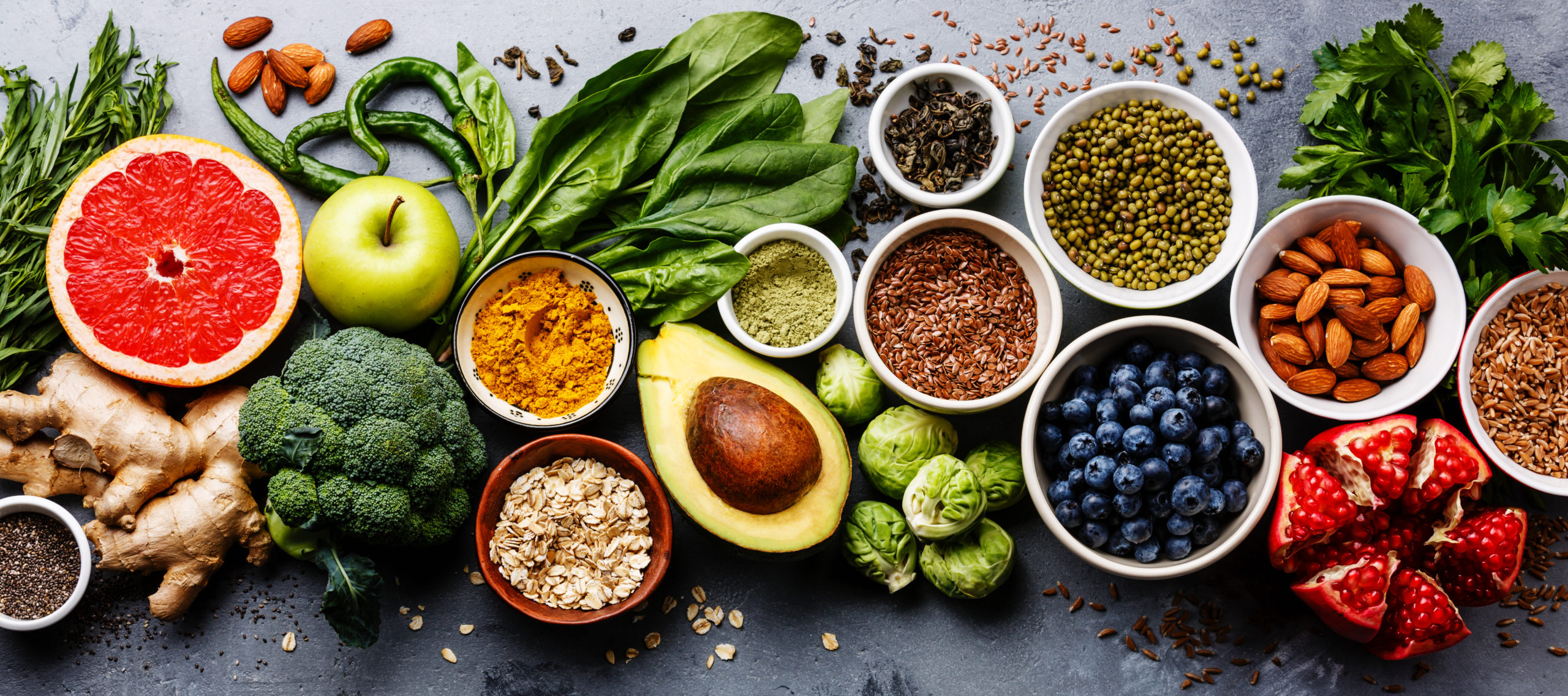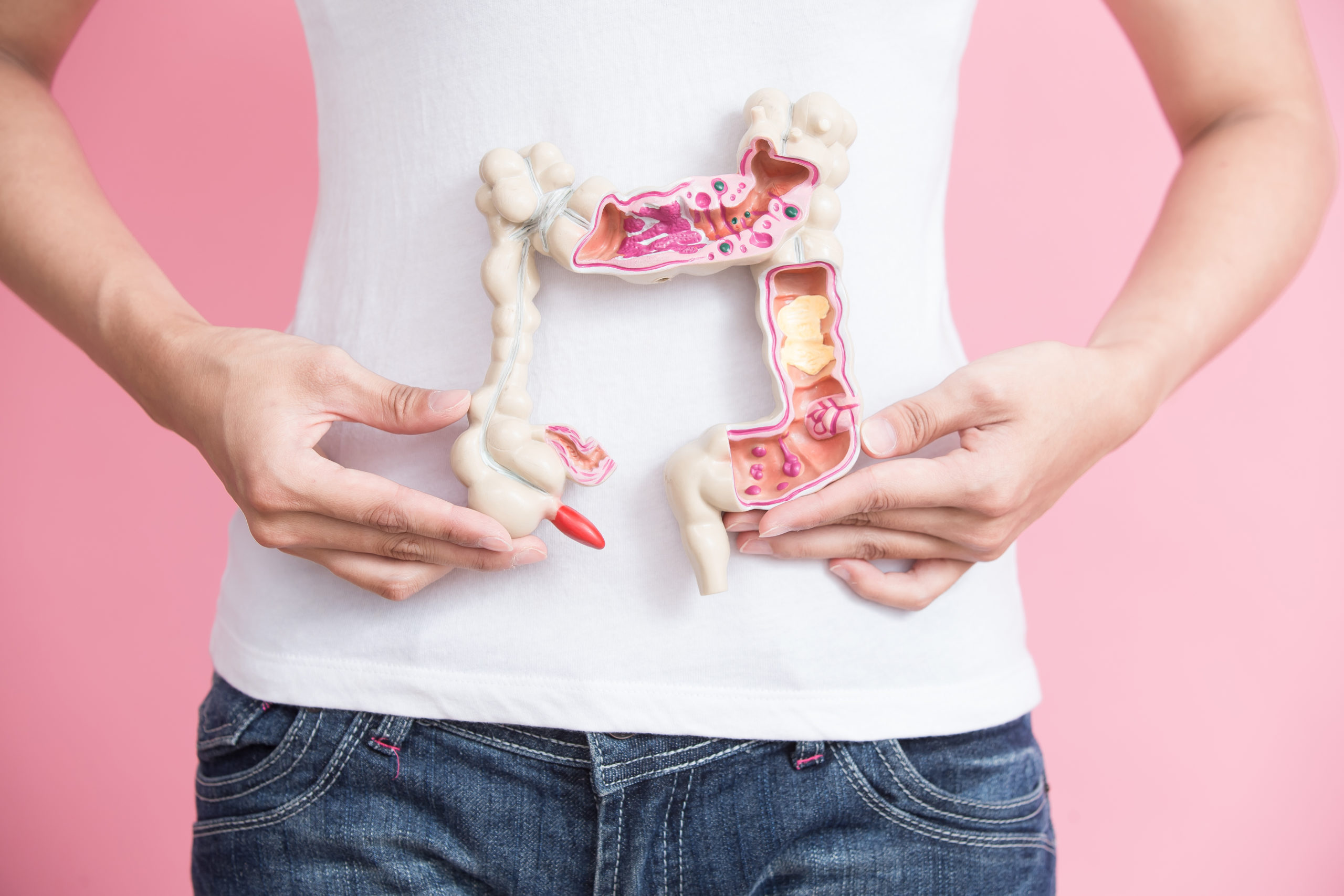
6 Myths, Facts, and Tips About Nutrition
Many people focus on improving their health and wellbeing after the New Year, including diet/nutrition and exercise. Today, we are sharing 6 myths, facts, and tips about nutrition to take into consideration.
Are you overwhelmed by daily decisions about what to eat, how much to eat, when to eat, and how much physical activity you need to be healthy? If so, don’t be discouraged because you’re not alone. With so many choices and decisions, it can be hard to know what to do and which information you can trust.
This information may help you make changes in your daily eating and physical activity habits so that you improve your well-being and reach or maintain a healthy weight.
Nutrition Myth #1
Myth: To lose weight, you have to give up all your favorite foods.
Fact: You don’t have to give up all your favorite foods when you’re trying to lose weight. Small amounts of your favorite high-calorie foods may be part of your weight-loss plan. Just remember to keep track of the total calories you take in. To lose weight, you must burn more calories than you take in through food and beverages.
TIP: Limiting foods that are high in calories may help you lose weight. The Dietary Guidelines for Americans, 2020–2025 have estimated daily calorie needs based on a person’s age, sex, and physical activity level.
Nutrition Myth #2
Myth: Grain products such as bread, pasta, and rice are fattening. You should avoid them when trying to lose weight.
Fact: Grains themselves aren’t necessarily fattening—or unhealthy–although substituting whole grains for refined-grain products is healthier and may help you feel fuller. The Dietary Guidelines for Americans, 2020–2025 recommend consuming grains as part of a healthy eating plan. At least half of the grains you eat should be whole grains. Examples of whole grains include brown rice and whole-wheat bread, cereal, and pasta. Whole grains provide iron, fiber, and other important nutrients.
TIP: Try to replace refined or white bread with whole-wheat bread and refined pasta with whole-wheat pasta. Or add whole grains to mixed dishes, such as brown instead of white rice to stir fry. Check out ChooseMyPlate for more tips to help you add whole grains to your eating plan.
Nutrition Myth #3
Myth: Choosing foods that are gluten-free will help you eat healthier.
Fact: Gluten-free foods are not healthier if you don’t have celiac disease or are not sensitive to gluten. Gluten is a protein found in wheat, barley, and rye grains. A health care professional is likely to prescribe a gluten-free eating plan to treat people who have celiac disease or are sensitive to gluten. If you don’t have these health problems but avoid gluten anyway, you may not get the vitamins, fiber, and minerals you need. A gluten-free diet is not a weight-loss diet and is not intended to help you lose weight.
TIP: Before you decide to avoid a whole food group, talk with your health care professional if you believe you have problems after you consume foods or drinks with wheat, barley, or rye.
Nutrition Myth #4
Myth: You should avoid all fats if you’re trying to be healthy or lose weight.
Fact: You do not have to avoid all fats if you’re trying to improve your health or lose weight. Fat provides essential nutrients and should be an important part of a healthy eating plan. But because fats have more calories per gram than protein or carbohydrates, or “carbs,” you need to limit fats to avoid extra calories. If you are trying to lose weight, consider eating small amounts of food with healthy fats, such as avocados, olives, or nuts. You also could replace whole-fat cheese or milk with lower-fat versions. Read about food portions and how much food is enough for you.
TIP: The Dietary Guidelines for Americans, 2020–2025 recommend consuming less than 10 percent of your daily calories from saturated fats. Try cutting back on solid-fat foods. Use olive oil instead of butter in cooking.
Nutrition Myth #5
Myth: Dairy products are fattening and unhealthy.
Fact: Dairy products are an important food group because they have protein your body needs to build muscles and help organs work well, and calcium to strengthen bones. Most dairy products, such as milk and some yogurts, have added vitamin D to help your body use calcium, since many Americans don’t get enough of these nutrients. Dairy products made from fat-free or low-fat milk have fewer calories than dairy products made from whole milk. Learn more about the dairy group.
TIP: Adults should have 3 servings a day of fat-free or low-fat dairy products, including milk or milk products such as yogurt and cheese, or fortified soy beverages, as part of a healthy eating plan. If you can’t digest lactose, the sugar found in dairy products, choose fortified soy products, lactose-free or low-lactose dairy products, or other foods and beverages with calcium and vitamin D:
- – Calcium—soy-based beverages or tofu made with calcium sulfate, canned salmon, or dark leafy greens such as collards or kale
- – Vitamin D—cereals or soy-based beverages
Do you get enough vitamin D? Read about ADK 5 and ADK 10 from Biote, a nutraceutical that contains 3 essential vitamins including vitamin A, D3, and K2.
Nutrition Myth #6
Myth: “Going vegetarian” will help you lose weight and be healthier.
Fact: Some research shows that a healthy vegetarian eating plan, or one made up of foods that come mostly from plants, may be linked to lower levels of obesity, lower blood pressure, and a reduced risk of heart disease. But going vegetarian will only lead to weight loss if you reduce the total number of calories you take in. Some vegetarians may make food choices that could lead to weight gain, such as eating a lot of food high in sugar, fats, and calories.
Eating small amounts of lean meats can also be part of a healthy plan to lose or maintain weight. The Dietary Guidelines for Americans, 2020–2025 have more information about including meat as part of a healthy eating plan.
TIP: If you choose to follow a vegetarian eating plan, be sure you get enough of the nutrients your body needs to be healthy. Read Healthy Eating Tips for Vegetarians for more information.
Read this article to learn more about women and heart disease.
Not all vegetarians are the same.
The types of vegetarian diets eaten in the United States can vary widely. For example, vegans do not consume any animal products, including milk and eggs. Lacto-ovo vegetarians eat milk and eggs along with plant foods. Some people have eating patterns that are mainly vegetarian but may include small amounts of meat, poultry, or seafood. Speak with a registered dietitian or health care professional if you are concerned about whether your eating plan is providing all of the nutrients you need.
Learn More
Check out our other blog posts to read more about nutrition, health, and wellbeing.
Check out our new online wellness store for supplements, vitamins, personal care products, weight management products, and more.
We offer a variety of Biote nutraceuticals in our online Biote store, and more information for each can be found in our blog.
Connect With Us
Have questions or concerns? Please contact our office directly.
Follow us on Facebook and Instagram @PeterMLotzeMD for health and wellness tips and more!



